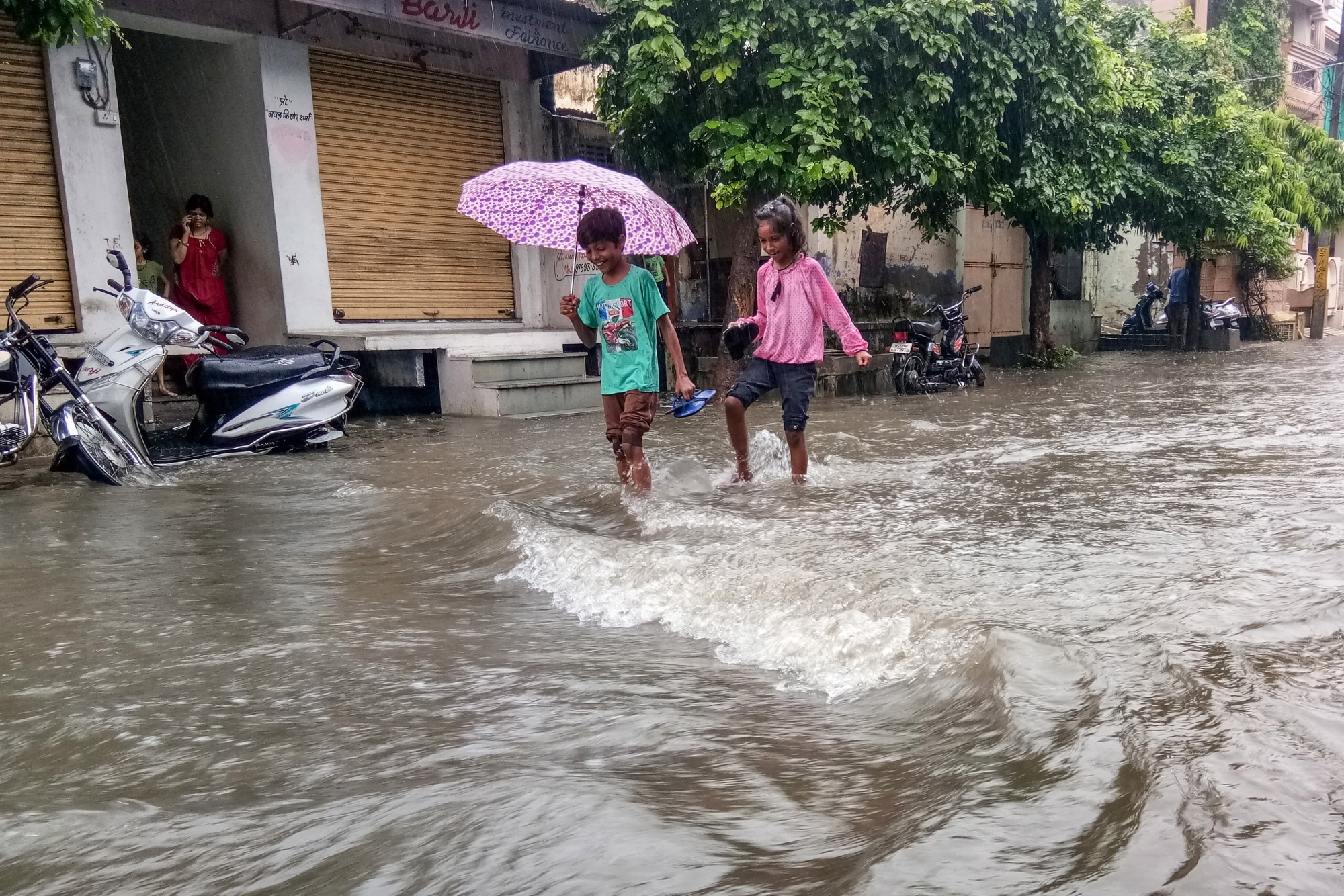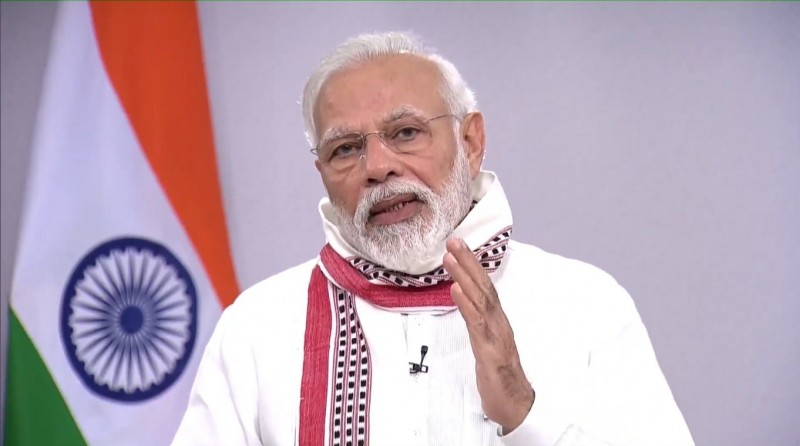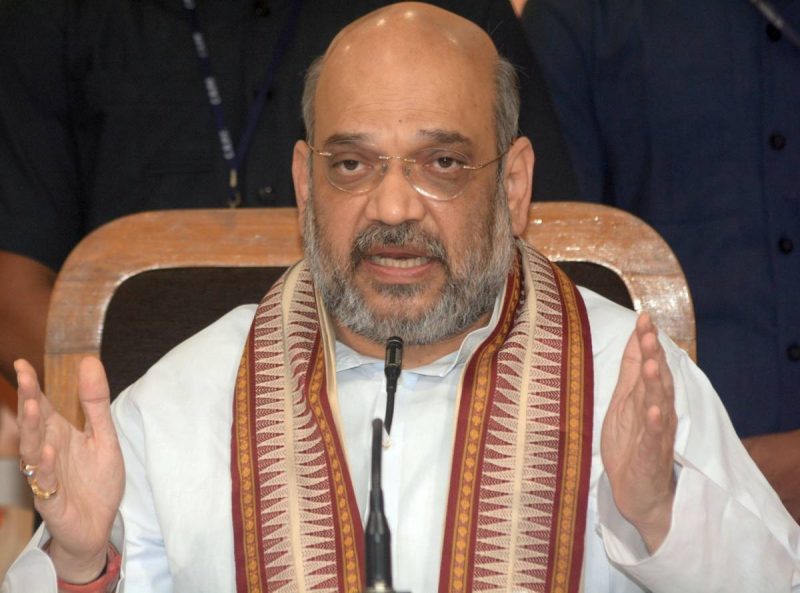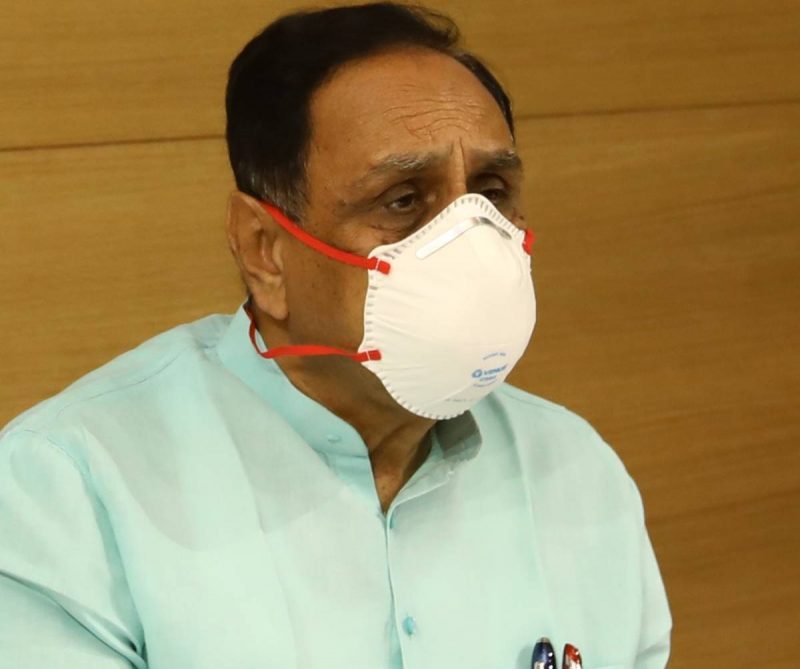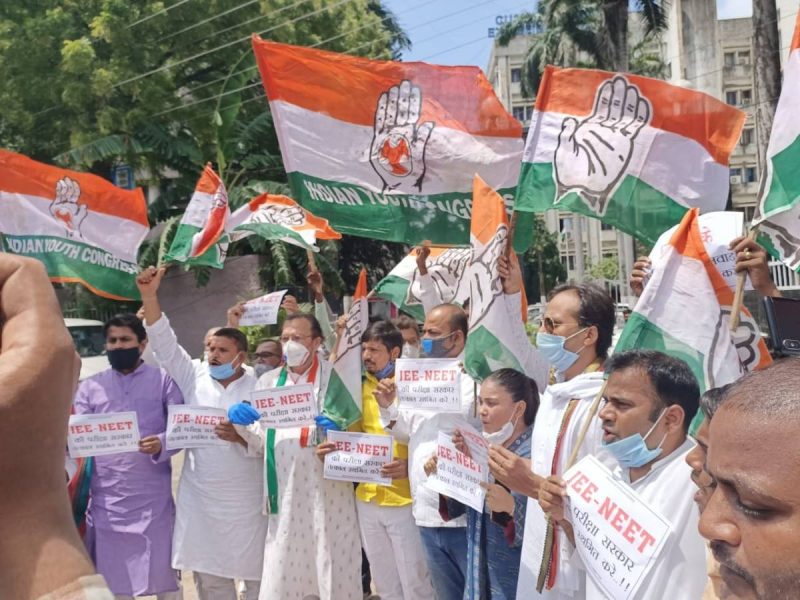Children in flood-prone areas of India need more support as exposure to excessive monsoon rainfall in-utero and during the first year increases the risk of undernutrition among kids under the age of five, which can impair their long-term growth and development, a new study has stressed.

Furthermore, children living in households without access to safe sanitation facilities were found to face an increased risk of stunting due to heavy monsoon rain.
Poor sanitation can contribute to undernutrition, particularly in young children, through the transmission of infections, such as diarrhoea.
The findings published in the journal PLOS ONE shows that the effects of climate shocks vary across different parts of India and that more support needs to be provided in areas at risk of floods, with interventions focused on households with pregnant women and infants.
The study used geographical climate data with new data from the Indian National Family Health Survey 2015-16, to examine the relationship between undernutrition in children under five and exposure to excessive rainfall in different parts of India.
According to the results, the effects of excessive rainfall are not equally distributed across India, with impacts varying depending on different circumstantial factors.
“Although there has been some progress towards reducing childhood undernutrition in India, it has been slow in comparison with other developing countries. Climate change could slow this trend further, or even reverse it,” said lead author Anna Dimitrova, researcher with the Wittgenstein Centre for Demography and Global Human Capital, International Institute for Applied Systems Analysis (IIASA), Laxenburg, Austria.
The Wittgenstein Centre for Demography and Global Human Capital is a collaboration between the IIASA World Population Program, the Vienna Institute of Demography of the Austrian Academy of Sciences, and the University of Vienna.
“We found that heavy rainfall increases the risk of childhood undernutrition and diarrheal diseases in the tropical wet and humid sub-tropical zones. These areas usually receive high monsoon rainfall and are more susceptible to floods, which can contaminate water and damage crops,” said Jayanta Bora, study coauthor and former researcher in the World Population Program at IIASA, who is now working at the Indian Institute of Dalit Studies (IIDS), New Delhi.
“In contrast, during periods of higher than average rainfall in the relatively dry mountainous regions in northern India, the risk of childhood undernutrition and diarrheal diseases is shown to be reduced. This is because higher rainfall during the monsoon season may improve access to clean water and increase crop yield in this region,” Bora said.
These results have significant implications for policymakers, as they facilitate a better understanding of the potential hazards for children and create the opportunity to develop early-response systems.


